
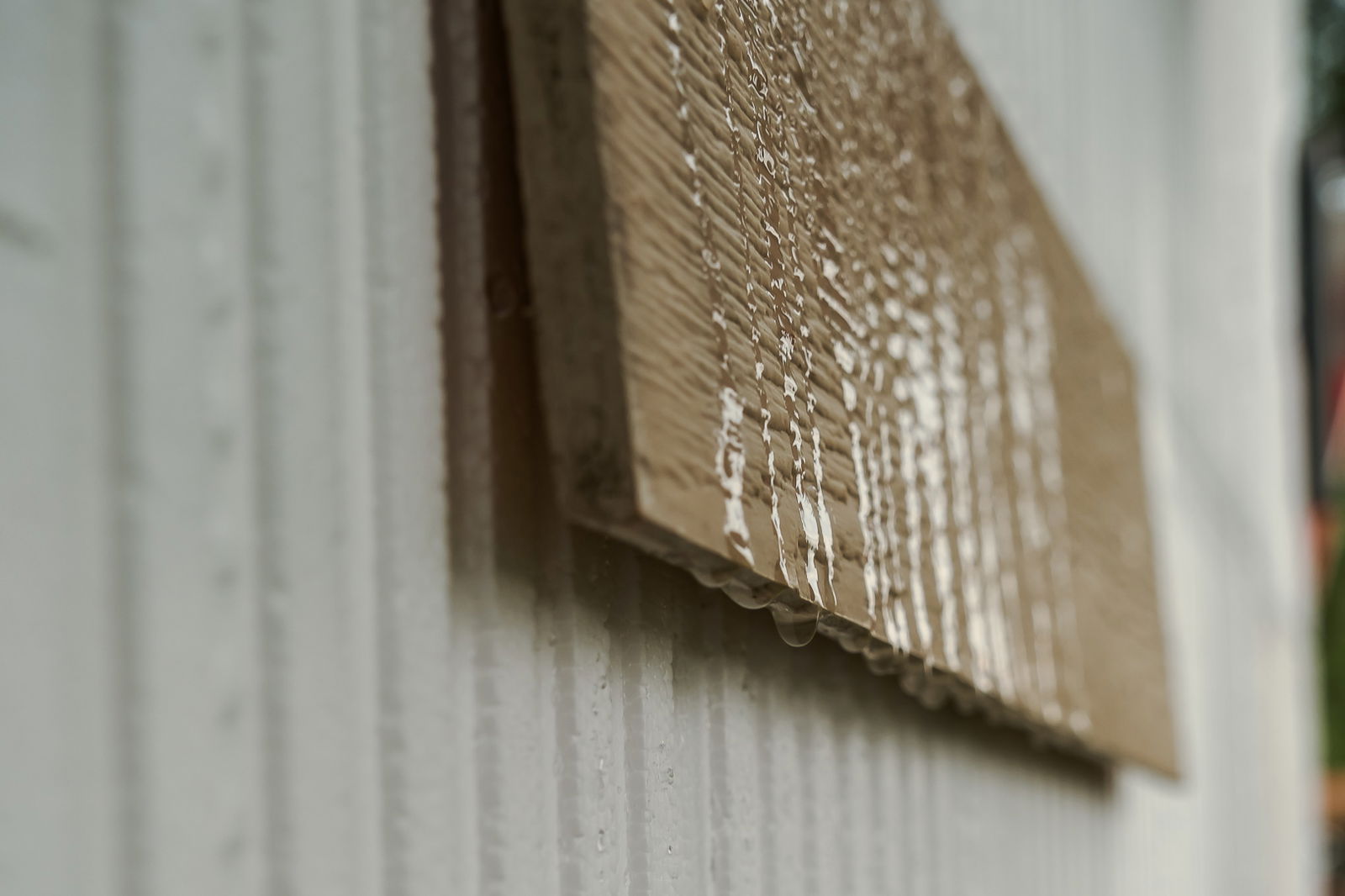
What is a rain screen system?
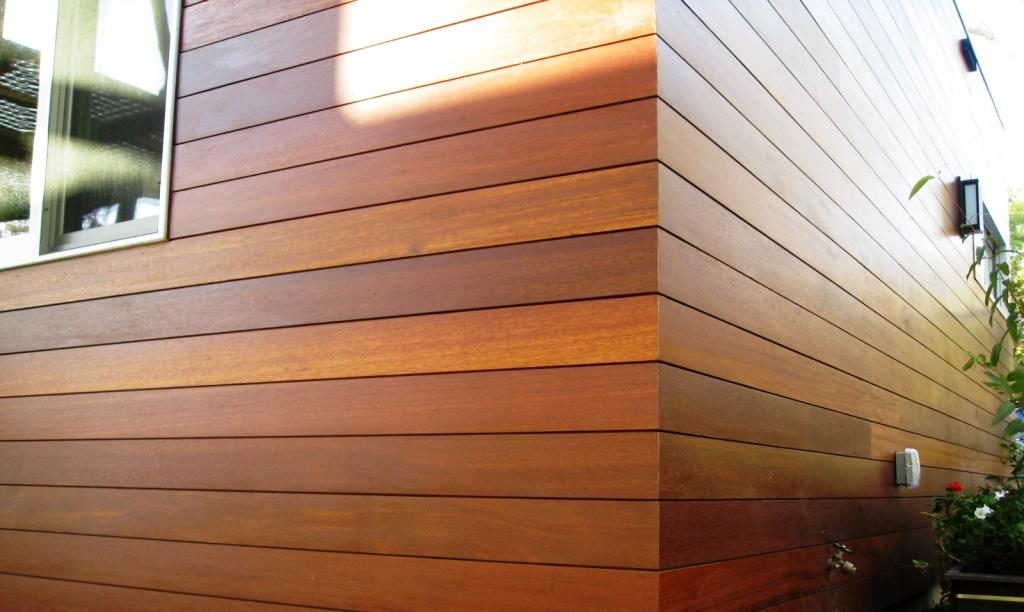
A major movement in modern architecture is termed sustainable design. Its core principles focus on utilizing low impact methods and materials to create durable, energy efficient systems that reduce negative costs to both the environment and the people who use the buildings. Rain screen siding systems are considered an excellent example of sustainable design. Using such a system reduces energy costs while creating healthier, longer lasting structures.
| Install | Order | Quote |

What is a rain screen system? It’s essentially a breathable raincoat for your home. A raincoat is one thing, but if you’ve ever worked up a sweat while wearing one you’re probably keen on the importance of breathing. You’re protected from the elements on the outside, while being able to dry on the inside.
Vertical Siding
Vertical siding is not a problem with the exterior facing drainage channels. Water does not sit on a horizontal shelf like contractor field assemblies.
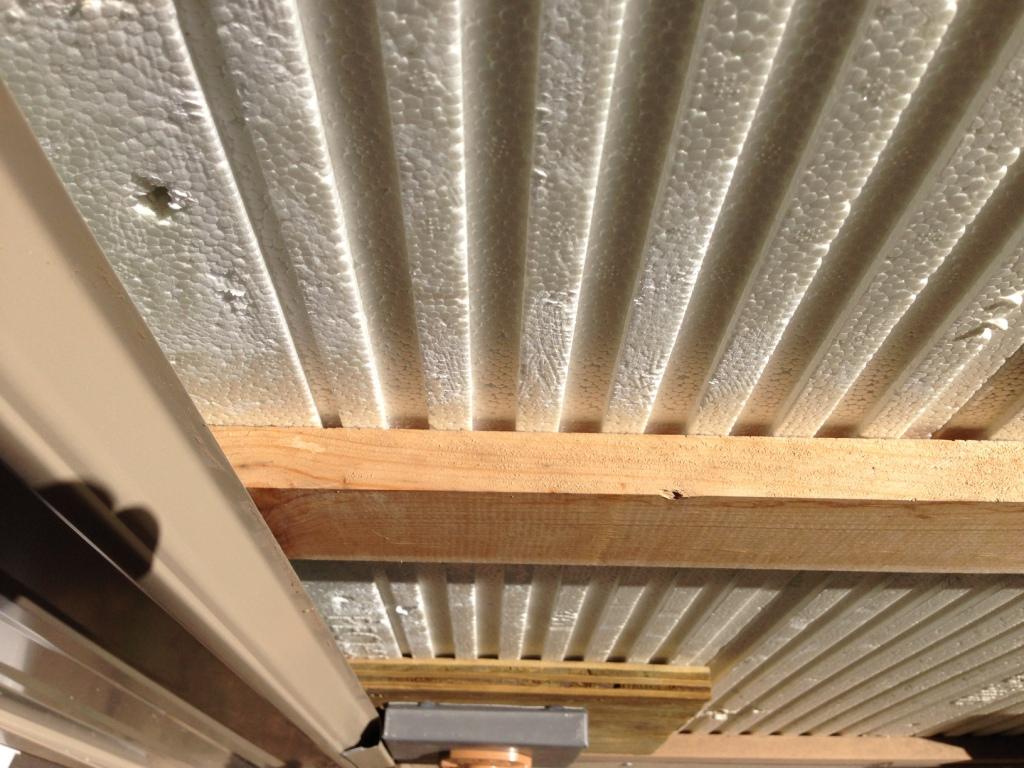
InSoFast front facing 3D, deflect, drain, and dry channels for vertical siding applications.
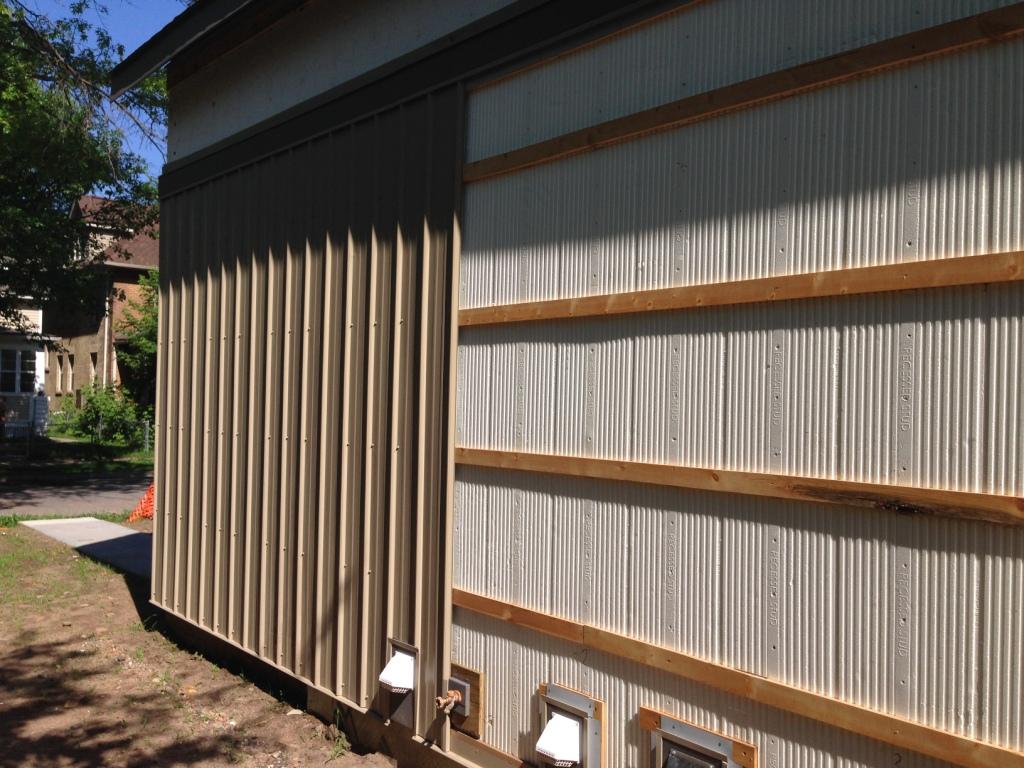
For vertical siding applications use InSoFast continuous insulation that is front facing 3D, deflect, drain, and dry channels.
A rain screen accomplishes this “drain-and-dry” process in two layers. The first layer is exterior siding that protects the outside from penetration. The second layer is a space between the siding and structure called the wall cavity. The wall cavity allows excess water that would otherwise be trapped behind the siding or inside the building to flow out and escape easily.
Mold and moisture are the natural enemies of wood. Together they create rot, decay and potentially unhealthy living environments. Since the rain screen helps eliminate trapped moisture in both directions it also helps minimize the ability for mold to grow. Additionally, by eliminating decay and rot, the entire structure has a longer usable life expectancy.
Architects, designers, green builders and energy conscious consumers are constantly racing for new and better ways to reduce energy usage and energy costs. Insulating is one of the most effective ways to drastically cut energy use and rigid foam insulation is quickly becoming the new norm for exterior remodeling and retrofit projects. However, the head-scratching problem that many builders run into when combining a rain screen with foam insulation is “How on earth am I going to attach the siding over the foam?”
When we first discovered the InSoFast EX 2.5 insulation panel, we immediately recognized it to be superior to other options on the market, especially when used with a rain screen system. InSoFast panels are exceptionally fast and easy to install. They provide greater insulating capacity than most https://www.insofast.com/ex-panels/index.phpother products on the market while lowering labor costs for installation. Perhaps most importantly, they solve the head-scratching problem by embedding the attachment flange directly into the foam panel.
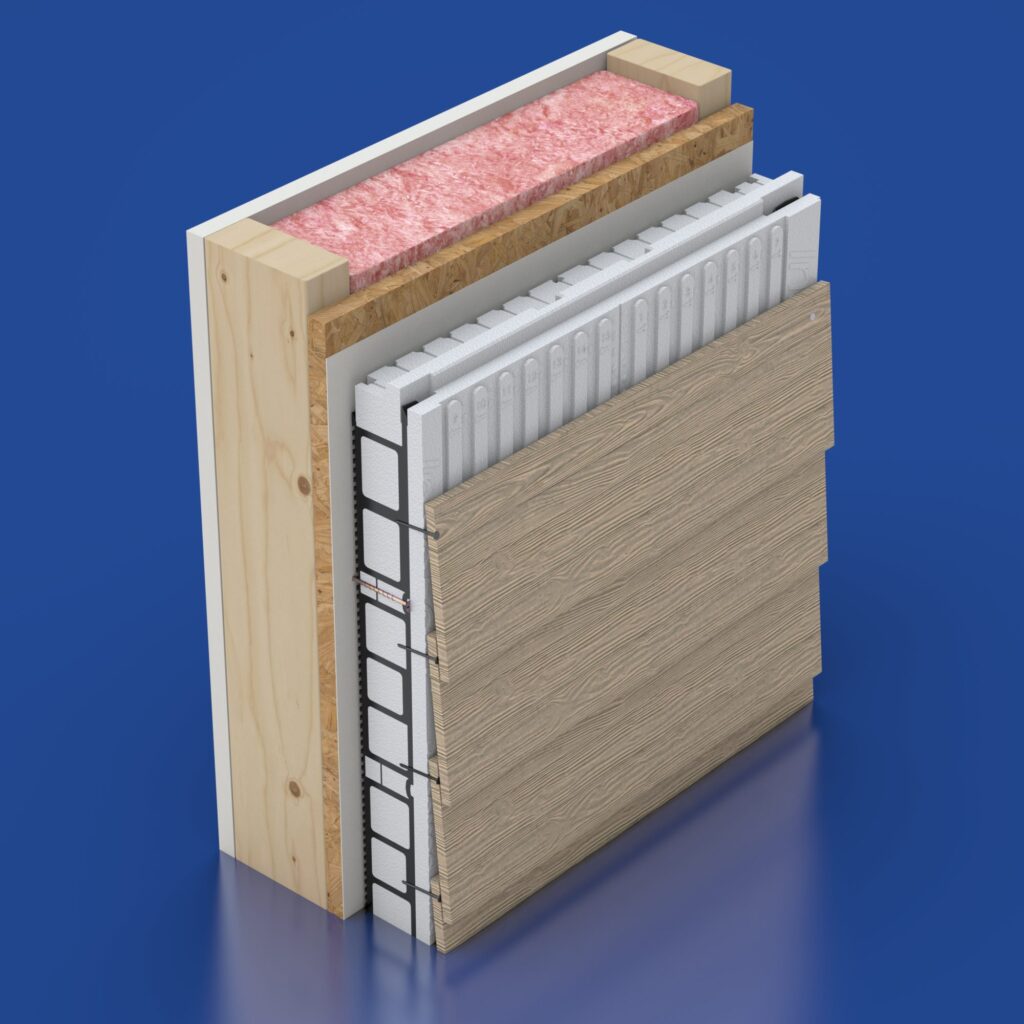
The company I work for has developed a unique rain screen system called the Climate-Shield™ Rain Screen system. Because we like the InSoFast EX 2.5 exterior insulation panels so much, we decided to re-engineer the screw hole spacing on our rain screen clip to make it faster and easier to install our Climate-Shield™ Rain Screen System in conjunction with InSoFast panels. This special rain screen clip fastener is called the CSRSC 2.1. By combining the healthy and sustainable aspects of the Climate-Shield™ Rain Screen System with the ease and energy savings of the InSoFast EX 2.5; insulation panels, we believe the result is the best and most effective rain screen system available on the market today.
For additional information about the amazing high density tropical hardwood decking and siding visit http://www.mataverdedecking.com.
Follow us on Twitter, Pinterest, and Facebook to hear about our next blog post!

